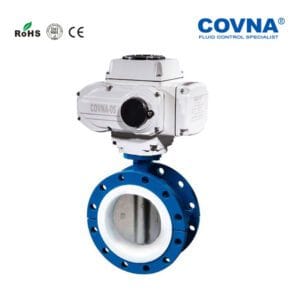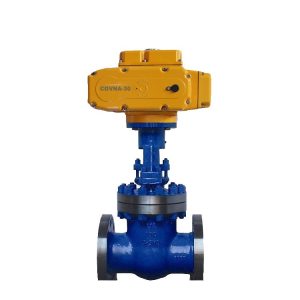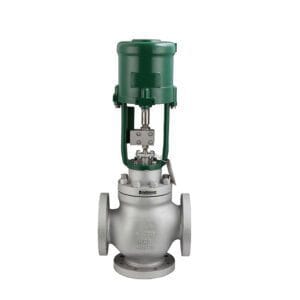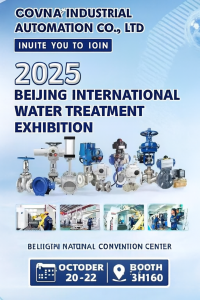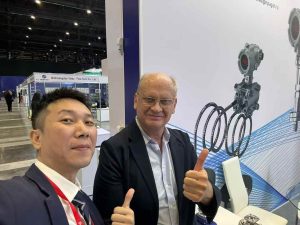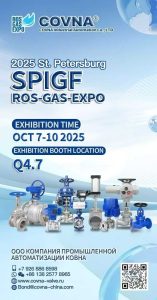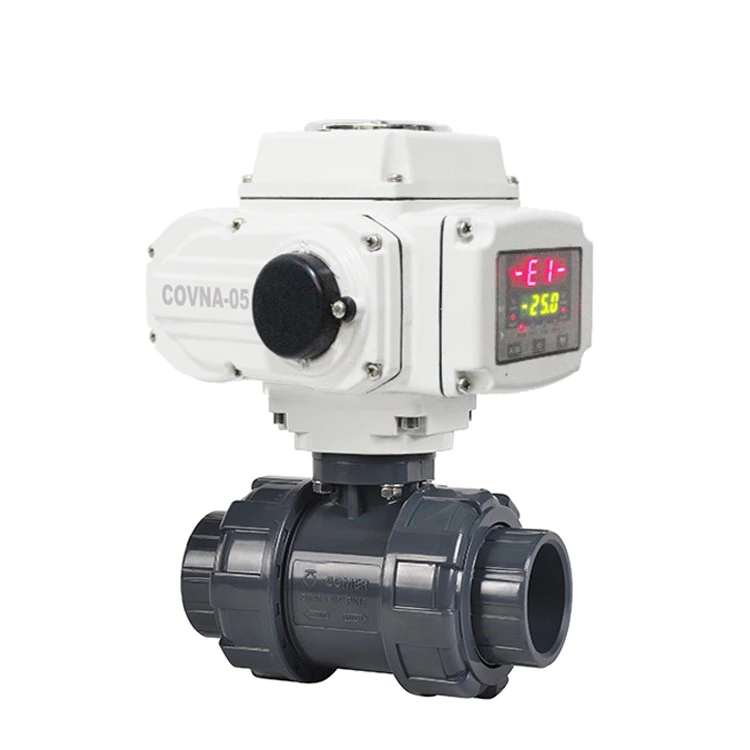
12V Electric Valve Actuators: Compact Solutions for Hot Water Lines
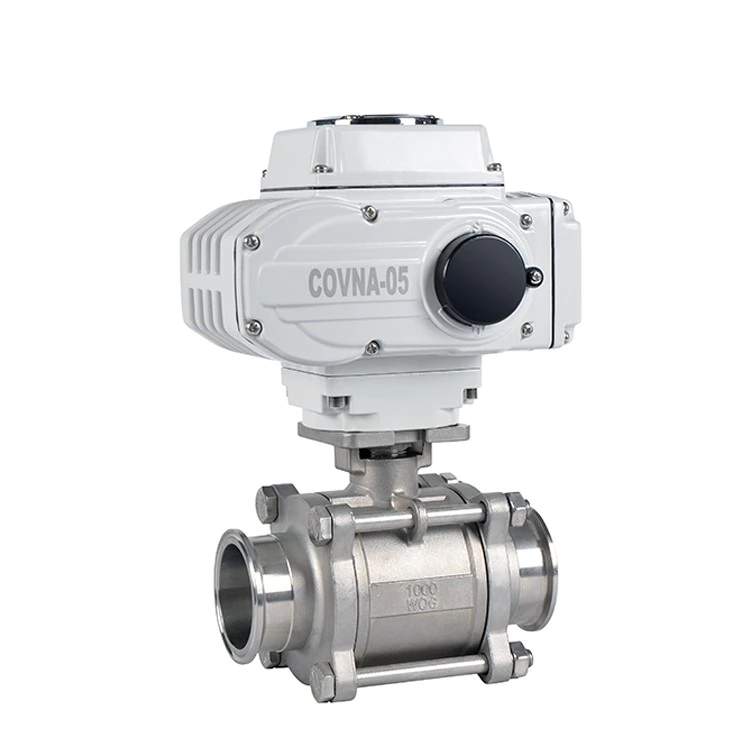
Nano-coated ultrathin corrosion-resistant electric valve
This ultrathin electric valve features a proprietary nano-ceramic coating less than 0.1 millimeters thick that bonds to stainless steel or titanium substrates. The nanolayer creates an impermeable barrier against aggressive chemicals, salt water, and abrasive particulates without adding bulk or weight. Its slim profile allows installation in compact manifolds and tight piping runs while delivering full ANSI-rated flow capacity. Engineers benefit from extended maintenance intervals, reduced risk of corrosive pitting, and consistent torque requirements, making it ideal for offshore platforms, chemical reactors, and microfluidic skids operating under extreme conditions.
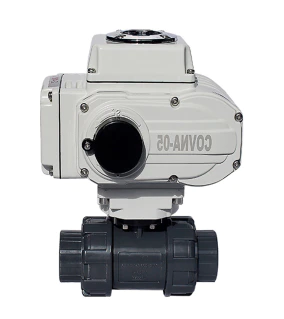
High-pressure, self-cooling, millisecond-response electric valve
Designed for ultra-high-pressure applications up to 1,200 bar, this electric valve combines rapid actuation in under 10 milliseconds with an integrated self-cooling loop. A micro-channel coolant circuit circulates process fluid to dissipate heat generated during high-frequency cycling, preventing thermal drift and seal degradation. Engineers can program microsecond-precision opening profiles via CANopen or EtherCAT, enabling precise pressure regulation in hydraulic presses, gas compression trains, and testing rigs. The self-cooling feature eliminates external chillers, reducing skid complexity and energy consumption while maintaining stable performance under continuous heavy load.
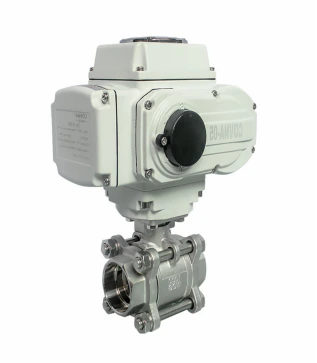
Wireless mesh network smart electric valve
Leveraging low-power wide-area networking (LoRaWAN and proprietary mesh), this smart electric valve forms an autonomous wireless grid across industrial sites without new cabling. Each valve node forwards encrypted status updates and command messages, allowing remote zone grouping, broadcast overrides, and localized peer-to-peer control. Battery life exceeds five years in typical duty cycles, with solar-assist options for sunlit installations. Integrations with SCADA and IIoT platforms use standard MQTT or OPC UA protocols, enabling centralized scheduling, flow analytics, and firmware multicasting. Perfect for sprawling irrigation systems, mining operations, or brownfield retrofits where wiring costs are prohibitive.
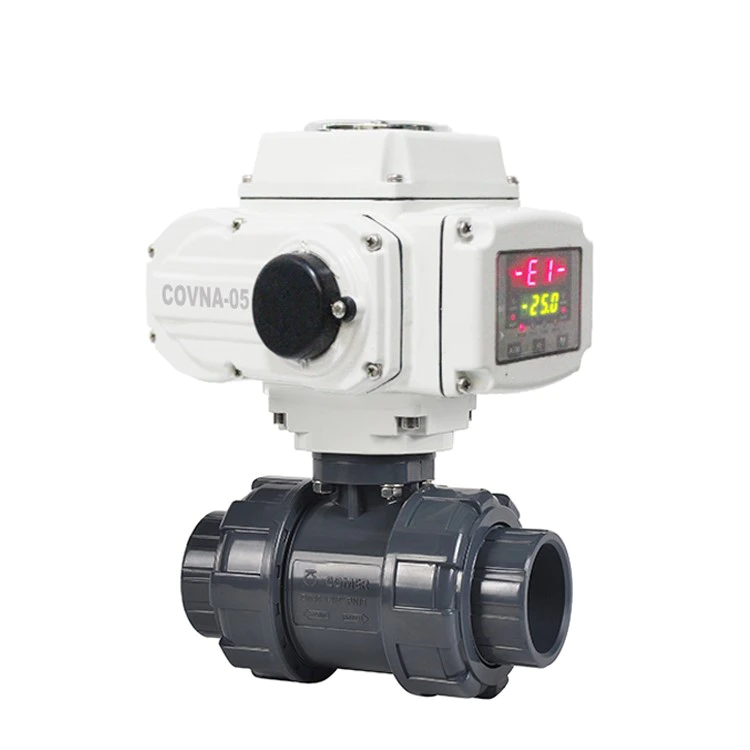
Ultra-micro fluidic electric valve
Engineered for nanoliter-scale precision, this microfluidic electric valve features a piezoelectric actuator and submicron nozzle geometry to regulate flows from 10 nL/min to 5 µL/min with ±1% accuracy. Its compact footprint integrates directly onto lab-on-a-chip cartridges, enabling automated assays in genomics, proteomics, and single-cell analysis. Biocompatible coatings prevent sample adhesion and cross-contamination, while built-in sensors measure pressure and temperature at the valve seat. Control software offers scripting APIs for complex dosing sequences and closed-loop feedback control. Ideal for pharmaceutical R&D, point-of-care diagnostics, and advanced analytical instrumentation.
We Have The Best Solutions for Your Business
COVNA GROUP CO., LTD is a world-leading valve manufacturer which specialized in solenoid valves, pneumatic valves, and electric valves for pipeline fluid control. COVNA originated from German technology, has its own R&D, design, production, sales team, and aims to be the global automation application service provider.
COVNA production range includes solenoid valves, pneumatic valves, electric valves, gate valves, globe valves, butterfly valves, control valves, safety valves, and various special valves. COVNA products are widely used in Water & Waste water treatment, Automation, Petroleum, Chemical, Electric power, Metallurgy, Mining, Paper-making, Pharmaceutical Industries, etc.
COVNA team make a rapid response to customer's requirements, provide professional product selection guidance and reliable valve application solutions.So far, COVNA has achieved ISO 9001 Quality Management System Certification, CE Certification, RoHS Certification.
Why Choose COVNA
Global Expertise
COVNA delivers valve solutions to customers in over 120 countries, combining global market expertise with localized support to meet diverse industry needs and ensure reliable performance worldwide.
Advanced Technology
Backed by German technology, COVNA specializes in solenoid, pneumatic, and electric valves, providing innovative fluid control solutions designed for precision, efficiency, and long-lasting durability.
Strong Manufacturing
With a modern factory, CNC machining, and strict quality testing, COVNA ensures every valve meets international standards, delivering consistent reliability for water, oil, gas, and automation industries.
Trusted Brand
Recognized as a preferred supplier by global partners, COVNA has built long-term trust through consistent product quality, professional technical support, and comprehensive after-sales services.
FREQUENTLY ASKED QUESTION
Do You Have Any Question?
An electric valve is a control element that uses electricity as a power source and opens, closes, or regulates a valve through a built-in motor or actuator. It is typically integrated into automation systems for remote control of the flow, pressure, or temperature of fluids (gas, liquid, steam, etc.).
An electric valve receives control signals from a PLC, DCS, or host computer to drive the motor inside the valve to rotate or the actuator to move linearly, actuating the valve disc or gate, thereby changing the valve opening diameter and achieving flow regulation or rapid shutoff.
The advantages are that they do not require a compressed air system, are easy to install, and are quiet, making them suitable for indoor or airless environments. The disadvantages are that they generally respond slower than pneumatic valves, are more dependent on a power source, and may cause system downtime in the event of a failure.
First, determine the media type, pressure, and temperature range. Then, select the valve body material (stainless steel, cast iron, etc.) and actuator model based on the required diameter, flow characteristics, torque requirements, and operating voltage (e.g., 24 VDC, 220 VAC).
Common voltages for electric valves on the market include 12 VDC, 24 VDC, 110 VAC, 220 VAC, and 380 VAC. Drive types are categorized as single-turn (ball valves, butterfly valves) and multi-turn (gate valves, globe valves). Reference the stroke and torque curves when selecting a model.


